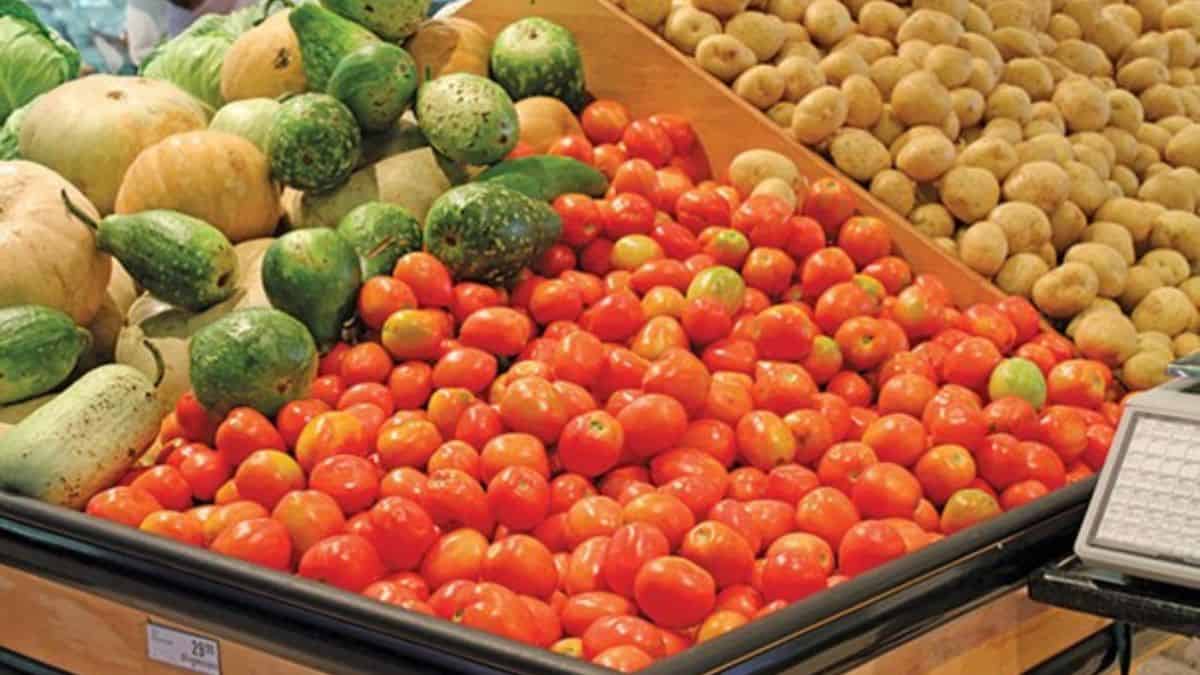Low-income earning South Africans are tightening their belts when going shopping for food, unlike before, where they would go to different stores to compare prices, they want all their goods from a single store, according to new research conducted by the Bureau of Market Research (BMR).
With the Russian invasion of Ukraine nowhere near coming to an end combined with South Africa’s weak economy, the rise in inflation is hitting consumers pockets very hard. South Africa’s annual consumer inflation surged to 7.4% in June, the highest level in 13 years and far above the Reserve Bank’s target range of between 4% and 6%.
Price increases have been noticed across the board, with the fuel price which has also increased by more than 50% in the past year. The price of food and non-alcoholic beverages increased by 8.6% while bread and cereal increased by 11.2% when compared to a year ago. Prices of oil and fats icreaseed by a third.
The current steep increases in the current food prices would not continue indefinitely, according to Wandile Sihlobo, chief economist at Agbiz.
“We need to keep in mind that rising food prices are the result of our interconnectedness with the rest of the world. In May, food price inflation in South Africa stood at 7.8% and while this seems high, many other countries food price inflation is currently over 10%. So, while our prices are still rising, their doing so at a relatively steady pace,” Sihlobo said.
He added that one thing that counted in favour of South Africa is the fact that the country still had an abundance of food. “Elsewhere, countries are concerned that they might run out of food, while South Africa still exports around half of its primary agricultural produce in value terms.
“However, the situation is being closely monitored and mechanisms are in place to ensure we don’t export too much food to the detriment of our own people,” said Sihlobo.
Source: Business Insider, Farmer’s Weekly, image from Farmer’s Weekly
